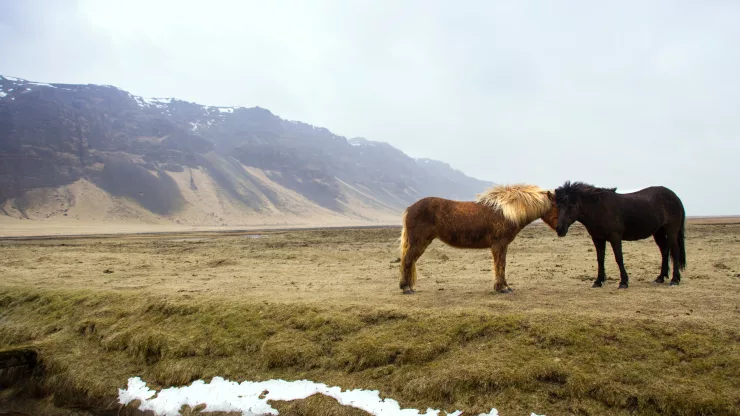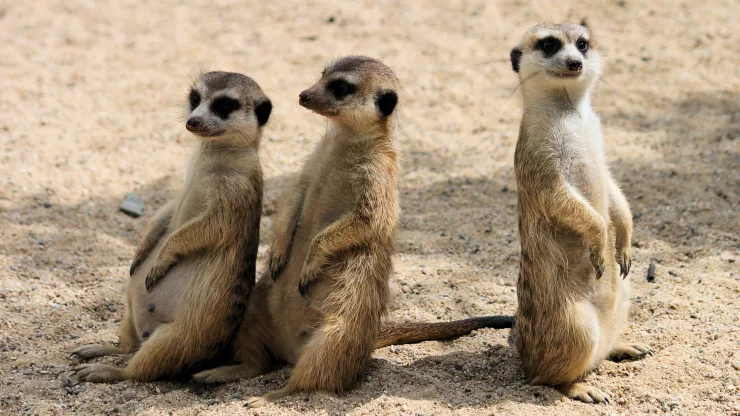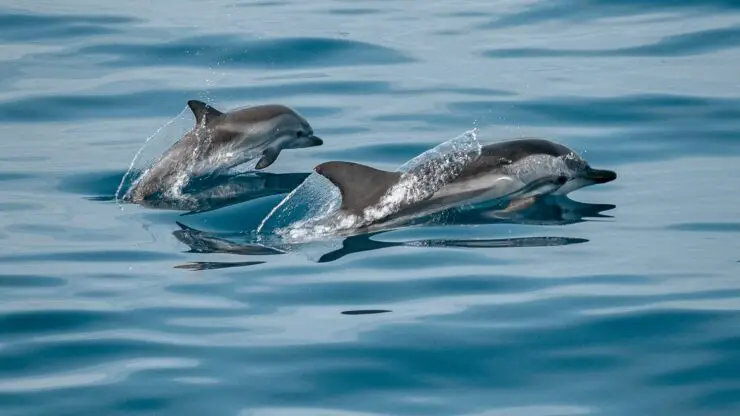Polar bears are one of the most popular and beloved animals on the planet.
These large, majestic creatures are known for their fluffy white fur, impressive size, and fearsome presence.
But there’s so much more to know about polar bears.
Here are some fascinating facts about polar bears that will make you appreciate these incredible animals even more.
- Polar bears are the largest land carnivores in the world, standing up to 10 feet tall and weighing up to 1,500 pounds.
- They are perfectly adapted to life in the Arctic, with thick fur, layers of fat, and large paws equipped with sharp claws that provide traction on the ice.
- Polar bears are excellent swimmers and can swim for long distances in search of food.
- They are also great divers, and can hold their breath for up to 2 minutes while swimming underwater.
- Polar bears have a keen sense of smell and can detect seals (their main food source) from up to a mile away.
- They are solitary animals and only come together during mating season.
- Polar bears give birth to their cubs in snow dens, where they stay for several months until they are strong enough to venture outside.
- Cubs are born with a thin layer of fur and blind, and they rely on their mother for warmth and protection.
- Female polar bears are excellent mothers and will fiercely protect their cubs from any threat.
- Polar bears are listed as a threatened species due to habitat loss caused by climate change.
- The Arctic sea ice is melting at an alarming rate, reducing the polar bear’s habitat and making it harder for them to find food.
- Polar bears are expert hunters and can catch seals by waiting for them to surface through holes in the ice.
- They have been known to go without food for months at a time, surviving on their fat reserves.
- Polar bears can run up to 30 miles per hour on land and swim at speeds of up to 6 miles per hour.
- They have a special adaptation in their liver that allows them to process large amounts of vitamin A, which is toxic to humans and other animals.
- Polar bears have transparent fur that appears white due to the reflection of sunlight.
- They have a layer of black skin under their fur, which helps them absorb heat from the sun.
- Polar bears are at the top of the food chain in the Arctic, with no natural predators.
- They have been known to travel long distances on ice floes, sometimes getting stranded and requiring rescue.
- Polar bears are highly intelligent and curious animals, often investigating new objects or scents in their environment.
- They are a symbol of strength and resilience in the face of a changing climate, and serve as ambassadors for the conservation of the Arctic ecosystem.
- Polar bears have been featured in many cultural and artistic works, including literature, film, and music.
FAQ
How many polar bears are left in the world?
According to the World Wildlife Fund, there are approximately 20,000 to 25,000 polar bears left in the world.
What is the biggest threat to polar bears?
Climate change and habitat loss are the biggest threats to polar bears, as the melting of sea ice reduces their access to food and disrupts their natural behavior.
Do polar bears hibernate?
No, polar bears do not hibernate. They are active year-round, although they may reduce their activity during the winter months.
Are polar bears endangered?
Polar bears are currently listed as a threatened species, meaning they are at risk of becoming endangered if conservation efforts are not taken.
Can polar bears live in warm climates?
No, polar bears are adapted to life in the Arctic and cannot survive in warm climates.
Do polar bears eat penguins?
No, polar bears and penguins live on opposite ends of the Earth. Polar bears live in the Arctic, while penguins live in Antarctica.

I am a fun fact enthusiast and creator of Facts On Tap.
I love to share my knowledge and curiosity with readers and inspire them to learn something new every day.
When I’m not writing, I enjoy traveling, reading, and playing trivia games with my friends.




